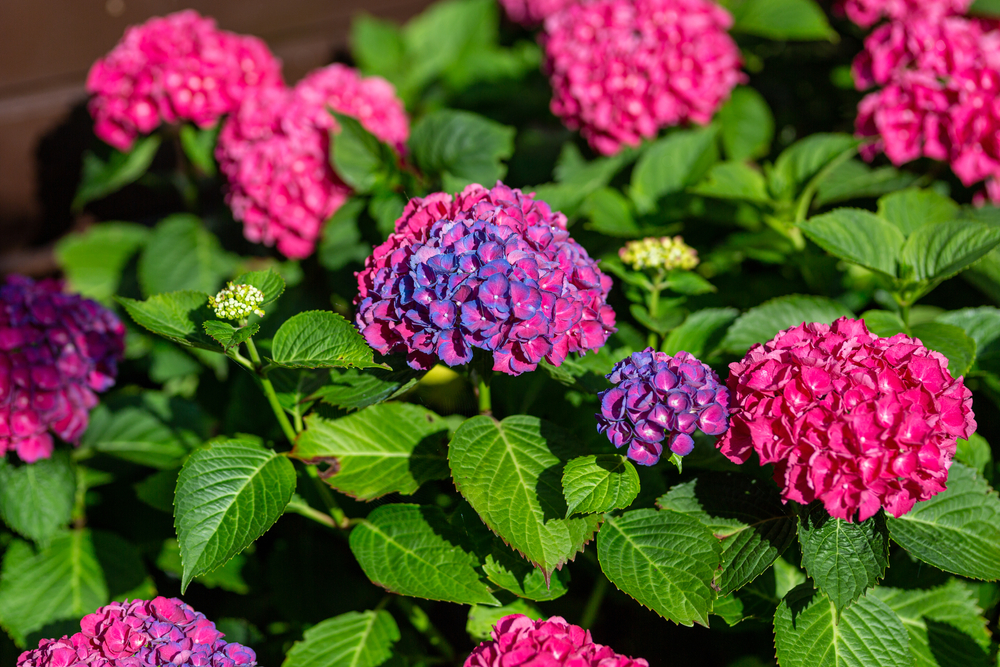How to Change Your Hydrangea Colours for Next Year – Act Now, Experts Say
Homeowners hoping for pink, blue, or purple hydrangeas next summer are being urged to start preparing now if this year’s blooms didn’t quite hit the mark.
Plant experts at GardeningExpress.co.uk have revealed how adjusting soil pH levels can influence the colour of hydrangea flowers – but warn it’s not an instant fix.
With their big, showy blooms and long flowering season, hydrangeas are a firm favourite among gardeners, and one of the reasons they’re so popular is their ability to change colour depending on the soil’s chemistry.
This colour changing phenomenon is linked to the pH level of the soil. Acidic soil (low pH) encourages blue or purple blooms, while alkaline conditions (higher pH), tends to produce pink or red flowers.

Getting the desired result takes time and consistency, so gardeners are being advised to start early and monitor progress carefully.
It’s possible to create a bespoke summer display that’s full of favourite hues simply by tweaking the soil chemistry over time.
Chris Bonnett, garden centre boss and owner of GardeningExpress said: “Gardeners might not realise just how much control they can have over the colour of their hydrangeas – but it can be a fun experiment to try in the garden.
“For those that were disappointed with the colour of their hydrangeas this time round, making simple adjustments to your soil now will give your hydrangeas the best chance of flowering in your preferred colour next summer.
“It’s a fun and rewarding process and a great way to personalise your garden.”
How to change the colour of your hydrangeas
- Choose the right variety
Only certain types of hydrangea, like Hydrangea macrophylla (bigleaf) and Hydrangea serrata have the ability to change the colour of their flowers depending on the pH level of the soil. It’s worth noting that white-flowered varieties typically remain white, regardless of any adjustments made to the soil, as their colour is genetically fixed.
2. Adjust your soil’s pH
Soil pH is what affects your bloom’s colour. Acidic soil (pH below 6) produces blue or purple flowers, while alkaline soil (pH above 7) encourages pink or red. To go blue, add aluminium sulphate and use ericaceous compost. For pink blooms, raise pH by adding garden lime and avoid high-phosphorus fertilisers.
3. Be patient and stay consistent
Changing the colour of your hydrangeas doesn’t happen overnight, it may take an entire growing season for any visible difference to occur. To maintain your chosen colour, regular soil testing and ongoing adjustments are essential. Keeping soil conditions consistent over time will help to keep your hydrangeas the shade you’re wanting.